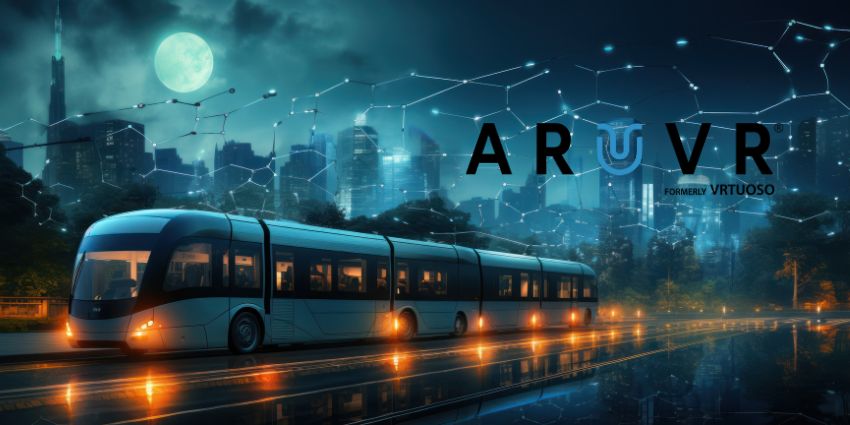It’s amazing to think that only a couple of years ago, nobody had even heard of an “NFT”. These days, NFTs are everywhere, transforming the cryptocurrency and investment landscape, influencing the rise of the metaverse, and more.
In 2021, the age of the “Non-Fungible Token” took the world by storm, with pieces like Beeple’s “The First 5000 days” selling for millions of dollars and demand for NFT accelerating at an incredible pace. While there are still people who don’t fully understand what NFTs are, or why they’re so valuable, many have defined these solutions as a crucial part of the evolving age of Web 3.0.
As perhaps one of the most significant defining pillars of the “new internet” it seems clear NFTs aren’t going anywhere. Let’s look at some of the trends set to drive continuing demand for these assets in 2022 and the years ahead.
The Metaverse
Perhaps the most obvious concept pushing increasing demand for NFTs, the Metaverse is a hot topic in virtually all technology circles right now. Defined as a kind of “embodied internet”, which allows for deeper interactions between people and technology, the metaverse promises a future where we can all interact with the digital world like never before.
The metaverse will allow us to work, travel, socialize, and play in a consistently-growing digital environment. NFTs could play a significant number of roles in this new landscape. With NFTs, we can collect and trade digital items in the metaverse to help define ourselves in this new space. For instance, it’s already possible to buy unique artworks to display in a VR art gallery.
Fashion companies are also looking into NFT versions of their products for customers to buy to kit out their virtual and augmented reality avatars for the metaverse age too. As the metaverse grows more popular, NFTs will be an important part of its currency.
The Internet of Things
IoT, or “The Internet of Things” has been an important concept for businesses and consumers for some time now. Estimates suggest there will be more than 125 billion connected devices in the world by 2030, and this huge network of connected tools could be influenced by the rise of NFTs.
Much of the activities taking place in the IoT space are defined by Machine to Machine communications. In this space, NFTs can allow machines to authenticate the data sent by other machines in a more convenient, transparent way. Companies have already begun to implement blockchain technology into the IoT space in recent years.
NFTs will be just another way of making the conversations between devices in a digitally-connected space more secure. Already, cybersecurity companies like WISeKey use NFTs to certify whether devices are trustworthy.
Digital Twins and NFTs
The rise of concepts like ultra-realistic avatars in the extended reality space is leading to new conversations around the possibilities of NFTs. Some experts believe in the next 10 years, every consumer product (outside of food) will have a digital twin.
Digital twins are essential copies of physical products or assets which can act as records of ownership, or an opportunity to interact with certain products in a new way. An NFT can help to minimise the risk of fake and fraudulent items in the current landscape of world trade, where fake goods make up around 3.3% of transactions.
Digital twin NFTs can also help businesses to protect various forms of crucial intellectual property and designs by allowing teams to track the movement of specific assets in a secure block chain. While the history and authenticity of real-world items is often uncertain, digital twin NFTs make it easier to tell real assets from fake ones.
As an added benefit, a rise in digital twin NFTs will also allow people to access their favourite products, clothing, and other items in digital worlds with the rise of the metaverse.
Artificial Intelligence and NFTs
Artificial Intelligence and machine learning have both been important disruptors in the technology landscape for some time now. There are a number of ways AI can influence the production and development of NFTs in the years to come, including the creation of AI generated art.
AI is becoming increasingly adept at creating all kinds of assets and pieces of content. In 2018, the Obvious Art team sold an artwork created by an AI called GAN for almost half a million dollars. Since then, the rising awareness of NFTs has increased demand for AI-created artworks.
There’s also a rising trend in the AI and NFT landscape in the form of iNFTs, a kind of NFT with an AI personality. These NFTs are more than just art pieces, as you can have conversations with them, and use them for various purposes, while taking advantage of their position on the blockchain as a secure asset.
Evolving Blockchain Opportunities
One of the most important technologies involved in the rise of the NFT landscape is the blockchain. Initially, when buying and selling NFTs began to grow more popular, the expenses associated with trading these assets on the Ethereum blockchain were negligible. Unfortunately, this is no longer the case. Fees associated with using the popular ETH blockchain for NFT management have prompted a rise in people searching for new blockchain alternatives.
While fees might only be a slight annoyance crypto billionaire, they can be a serious barrier to ordinary NFT fans. As a result, we’re seeing new blockchains emerging, like Solana, which allow a wider range of people to potentially invest in the benefits of NFTs and discover their advantages for themselves.
Going forward, we’re likely to see a rising number of companies and innovators investing in the development of new blockchain environments and marketplaces for the evolution of NFTs.







